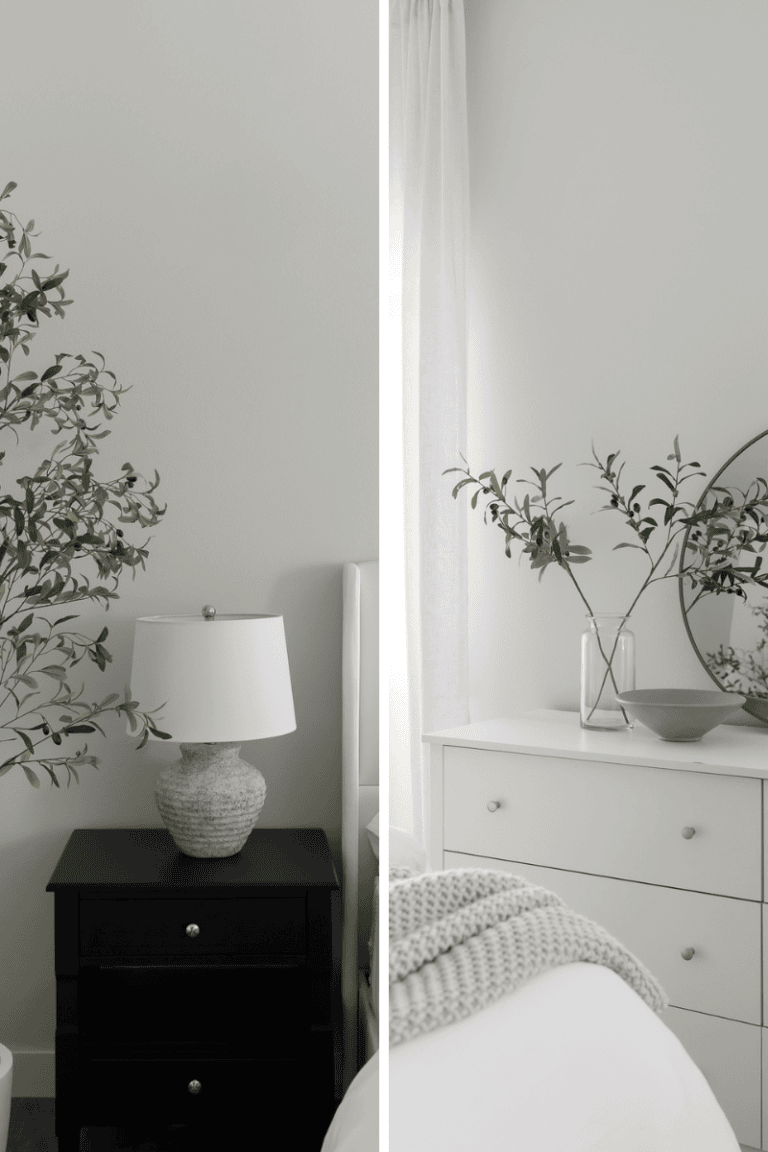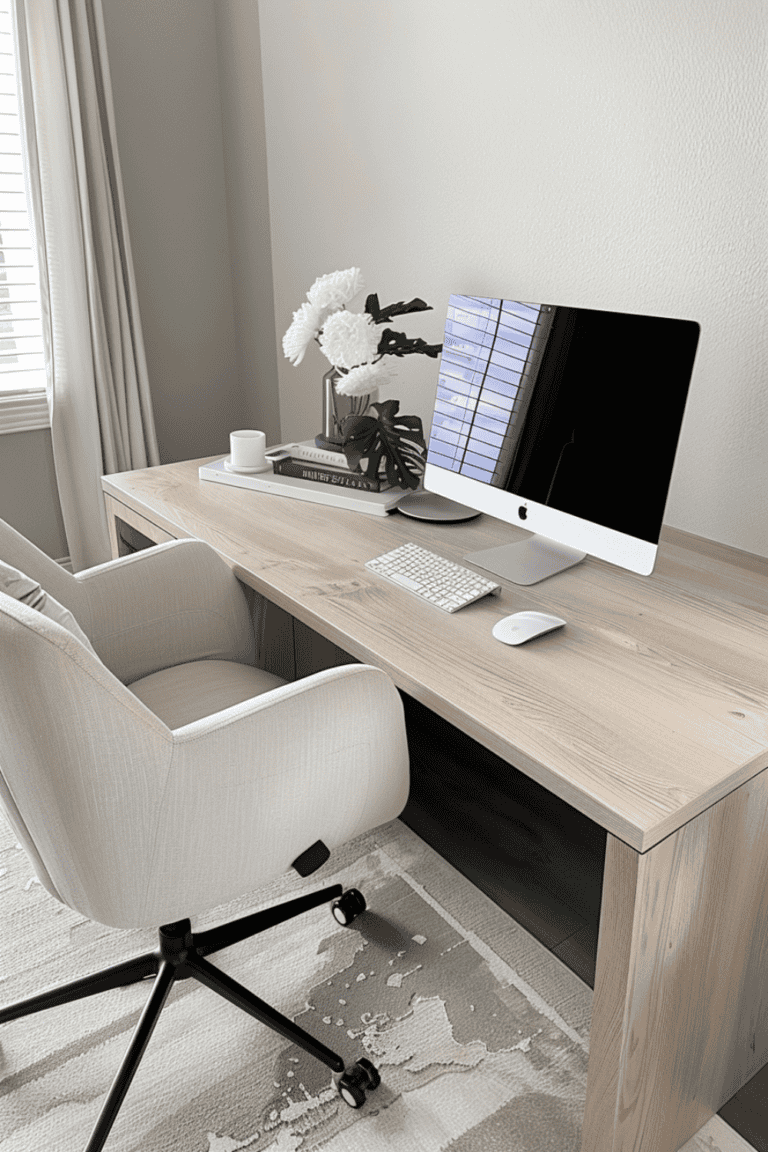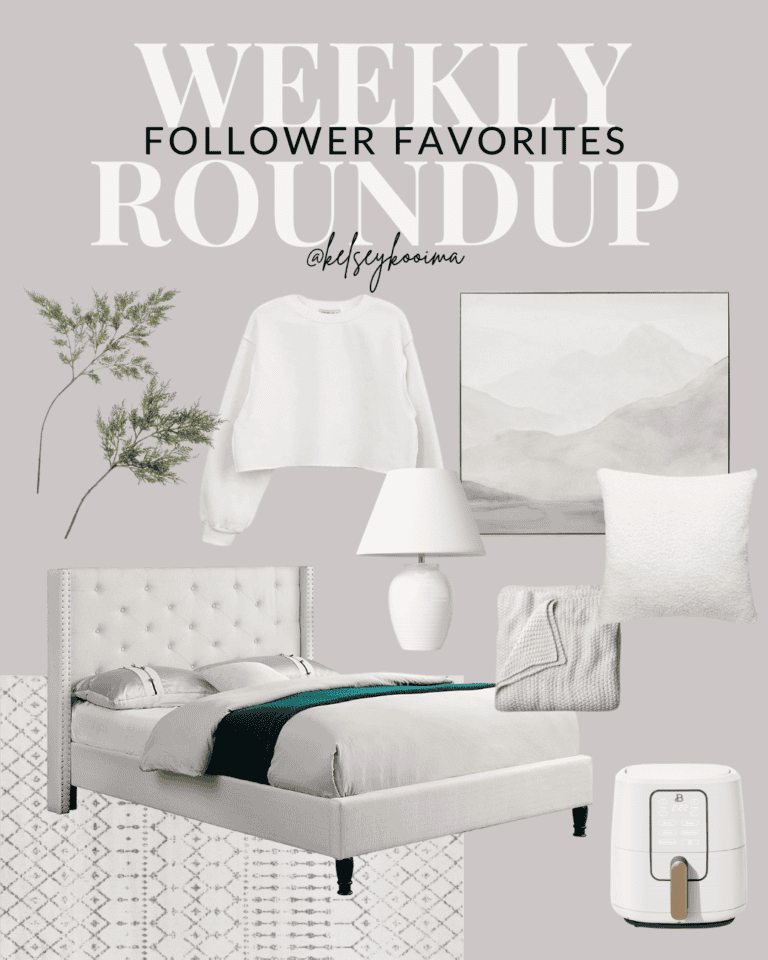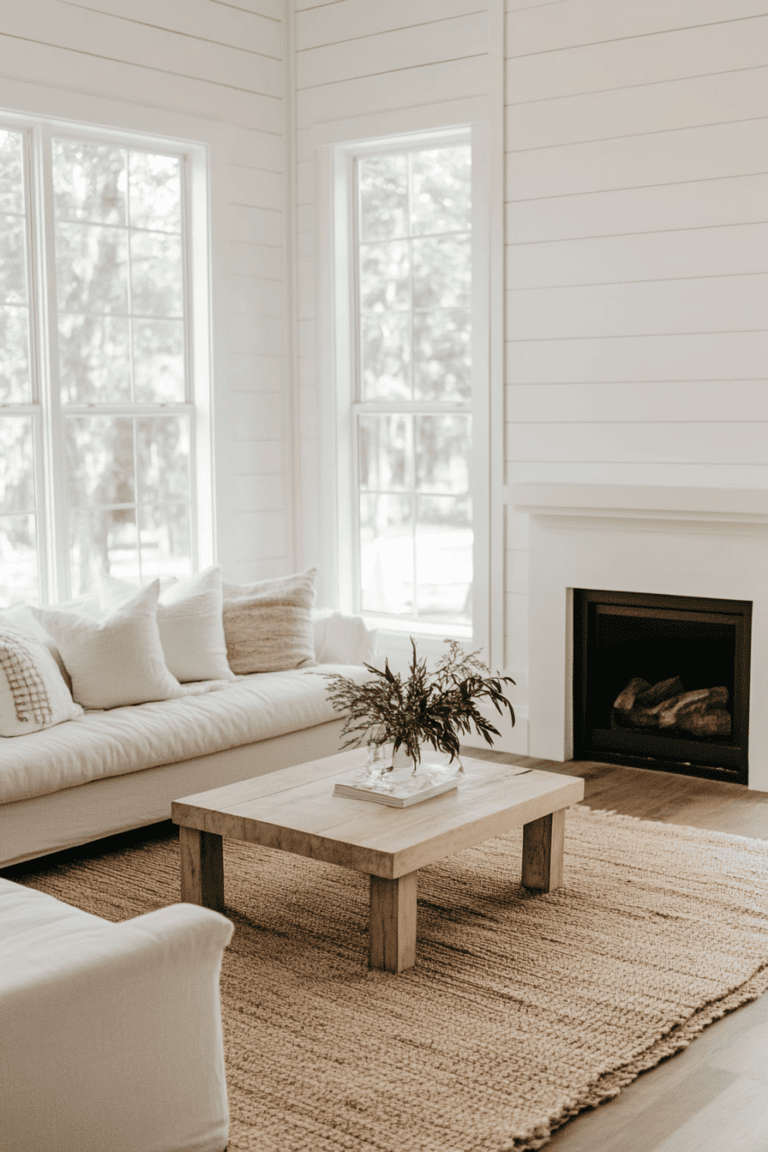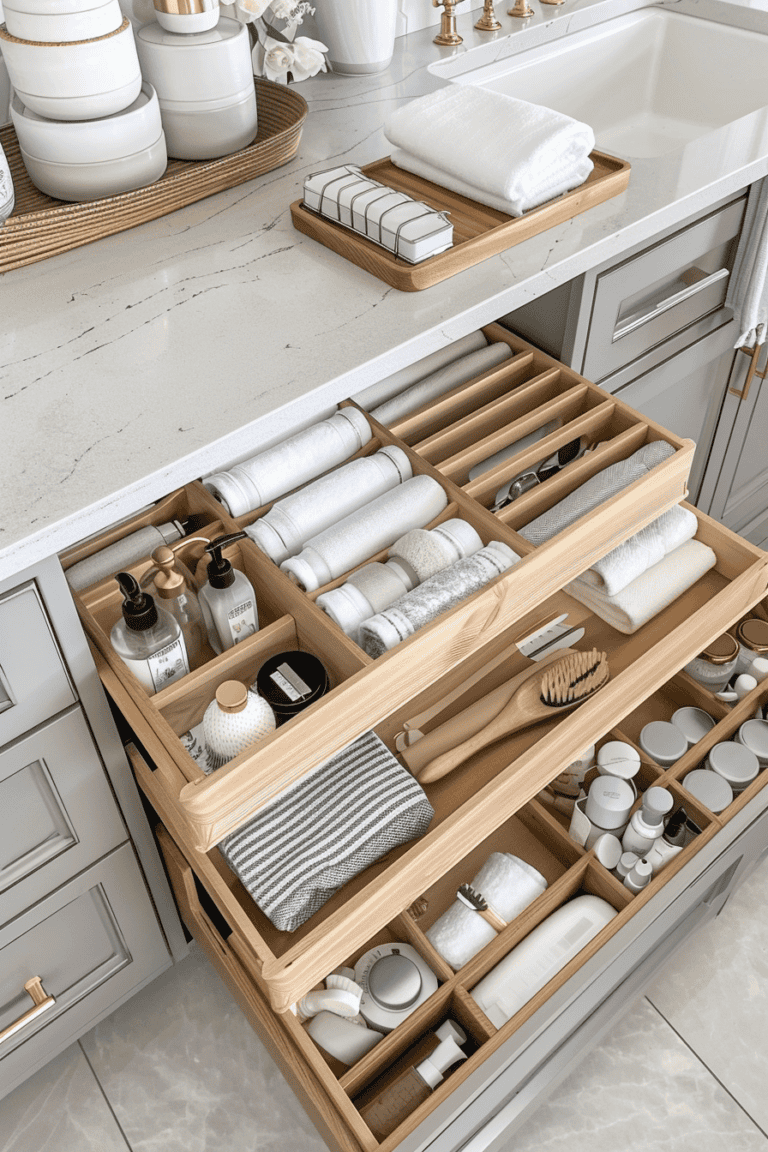Bedding 101: How to Choose the Best Fabrics for Bed Sheets
Finding the perfect bed sheets can make a world of difference in how well you sleep! I used to think all bed sheets were the same until I realized how much the fabric really does matter. Choosing the right bed sheets can make a night and day difference for a good night’s sleep!
In this post, we’ll talk about the best fabrics for bed sheets so you can find the perfect match for you. Whether you’re a hot sleeper, have sensitive skin, or just want a bed that feels comfier than a hotel bed, there’s a fabric out there that’s just right for you! Keep on reading to learn more.
This post is all about the best fabrics for bed sheets.
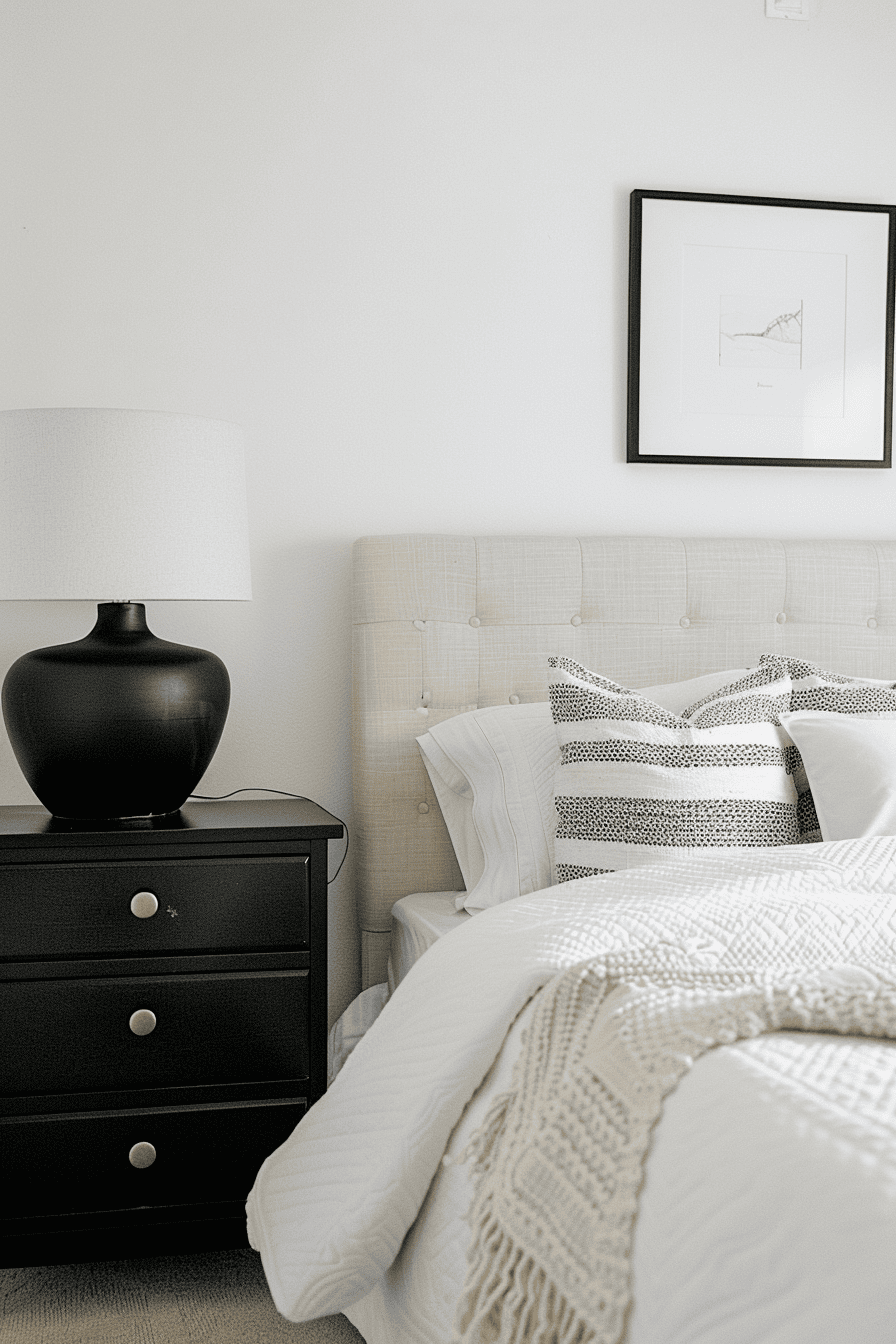
The Best Fabrics for Bed Sheets
1. UNDERSTANDING BED SHEET MATERIALS
Choosing the best bed sheets starts with understanding what kinds of materials are available. There are many types of bed sheets, each with its own unique qualities and pros and cons. Some are made from natural fibers, like cotton and linen, while others are made from synthetic materials, like polyester and microfiber. Knowing the pros and cons of each material will help you decide which one is right for you!
2. NATURAL FABRICS FOR BED SHEETS
Let’s talk about natural fabrics. There are a lot of benefits of choosing natural fabrics for your bed sheets, with the main ones being breathability and comfort! Here are some of the best natural materials to consider:
Cotton Bed Sheets
- Types of Cotton: Cotton bed sheets come in various types, including organic cotton, percale sheets, and sateen sheets. Each type has its own feel and advantages.
- Benefits: Cotton is known for its softness, durability, and breathability. It’s an excellent choice for a comfortable night’s sleep and works well in both warm and cool climates.
Linen Bed Sheets
- Origin: Linen is made from the flax plant, making it a natural and eco-friendly option.
- Benefits: Linen sheets are highly breathable and perfect for hot sleepers. They help regulate body temperature, keeping you cool in the summer and warm in the winter. Linen is also durable and gets softer with each wash.
Bamboo Sheets
- Source: Bamboo sheets are made from bamboo fibers, a sustainable and renewable resource.
- Benefits: Bamboo sheets are incredibly soft and breathable, making them a great option for those with sensitive skin. They also wick away moisture, helping to keep you cool and comfortable throughout the night.
Silk Sheets
- Luxurious Feel: Silk sheets are known for their smooth, luxurious feel. They add a touch of elegance to any bedroom.
- Benefits: Silk is hypoallergenic, making it an excellent choice for people with allergies. It also helps regulate body temperature, keeping you cool in the summer and warm in the winter.
3. Synthetic Materials for Bed Sheets
While natural fabrics have tons of benefits, synthetic materials can also be a good choice for bed sheets, especially if you’re on a budget. Here are some of the most popular synthetic options!
Polyester Sheets
- Affordable and Durable: Polyester sheets are known for being budget-friendly and long-lasting. They are less likely to shrink or wrinkle compared to natural fabrics. These polyester sheets from Amazon are my all-time favorite!
- Downsides: However, polyester is not as breathable as natural fibers, and it can trap heat, which might make you feel too warm during the night. It’s not the best option for hot sleepers or those with sensitive skin.
Microfiber Sheets
- Soft and Wrinkle-Resistant: Made from very fine synthetic fibers, microfiber sheets are incredibly soft and smooth to the touch. They are also resistant to wrinkles, making them easy to care for.
- Downsides: Like polyester, microfiber sheets can trap heat, which might not be ideal for warm climates or hot sleepers. They are also less breathable compared to natural fabrics.
Blended Fabrics
- Cotton-Polyester Blends: Some bed sheets combine natural and synthetic fibers, such as cotton-polyester blends. These sheets offer a balance of the softness and breathability of cotton with the durability and affordability of polyester.
- Benefits and Downsides: Blended fabrics can provide a good compromise, but they may still retain some of the heat-trapping properties of synthetic materials.
Sateen Sheets
- Smooth and Luxurious: Sateen sheets are made from cotton but have a weave that gives them a silky, smooth finish. While not purely synthetic, they are often mentioned alongside synthetic options because of their luxurious feel.
- Benefits: They offer a higher thread count and a luxurious feel similar to silk sheets but at a more affordable price.
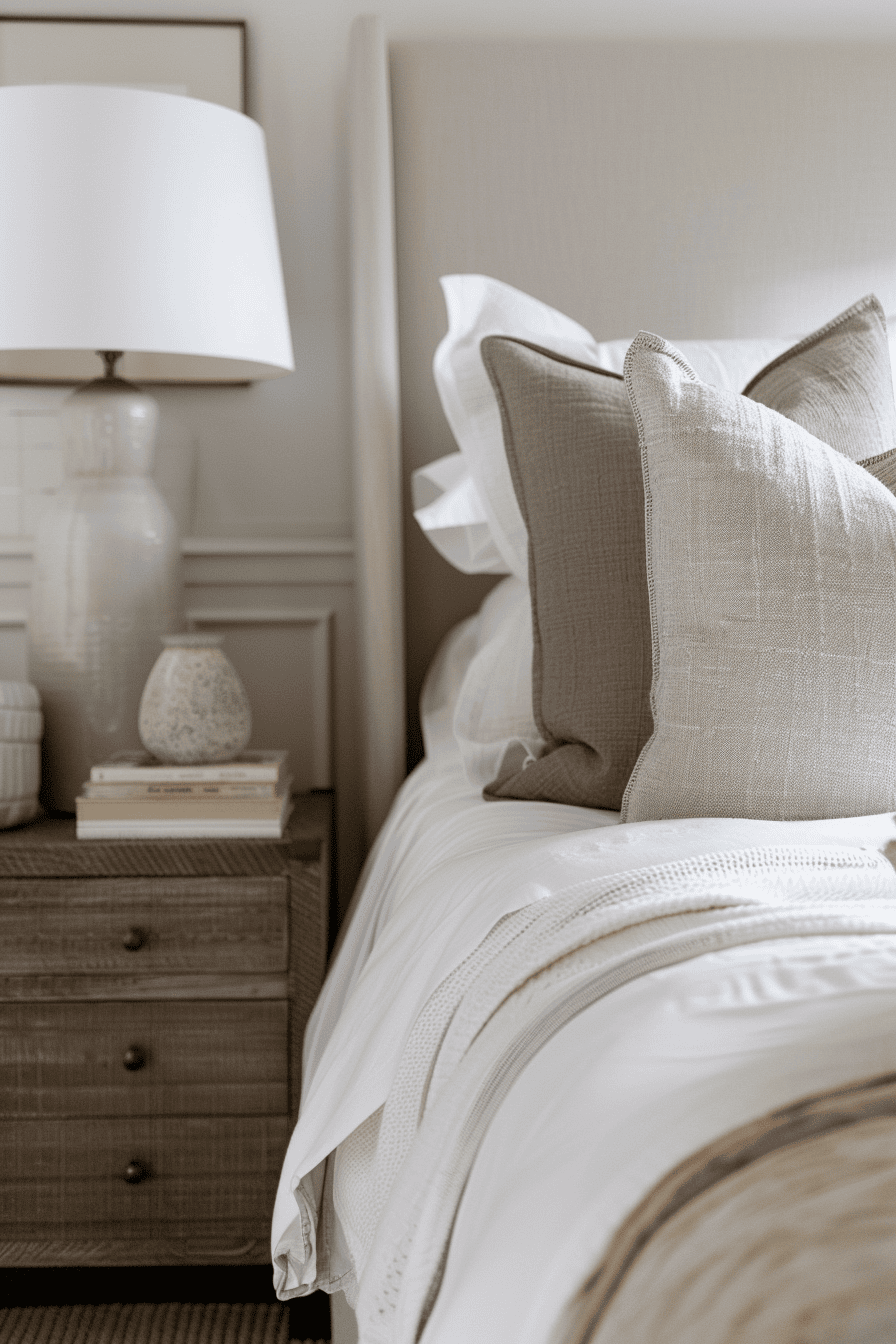
4. Choosing the Best Fabric for Your Needs
Finding the right bed sheet fabric really depends on your specific needs and preferences! Here’s a few helpful tips to help you choose the best fabric for your own bed sheets.
For Hot Sleepers
For Sensitive Skin
For Winter Months
For a Luxurious Feel
A few more things to consider:
- Thread Count: Higher thread counts generally indicate softer and more durable sheets, but it’s not the only factor. The quality of the fibers and weave also play important roles. For most people, a thread count between 300-500 is a great choice for a balance of softness and durability.
- Breathability: Natural fibers like cotton, linen, and bamboo are more breathable than synthetic materials. They help regulate body temperature and wick away moisture, providing a more comfortable sleep environment.
- Durability: Synthetic materials like polyester and microfiber are generally more durable and resistant to wear and tear. However, they may not offer the same level of comfort as natural fabrics.
By considering your personal needs – whether you’re a hot sleeper, have sensitive skin, or need something warm for winter – you can choose the best fabric for your sheets and guarantee a comfortable and restful night’s sleep!
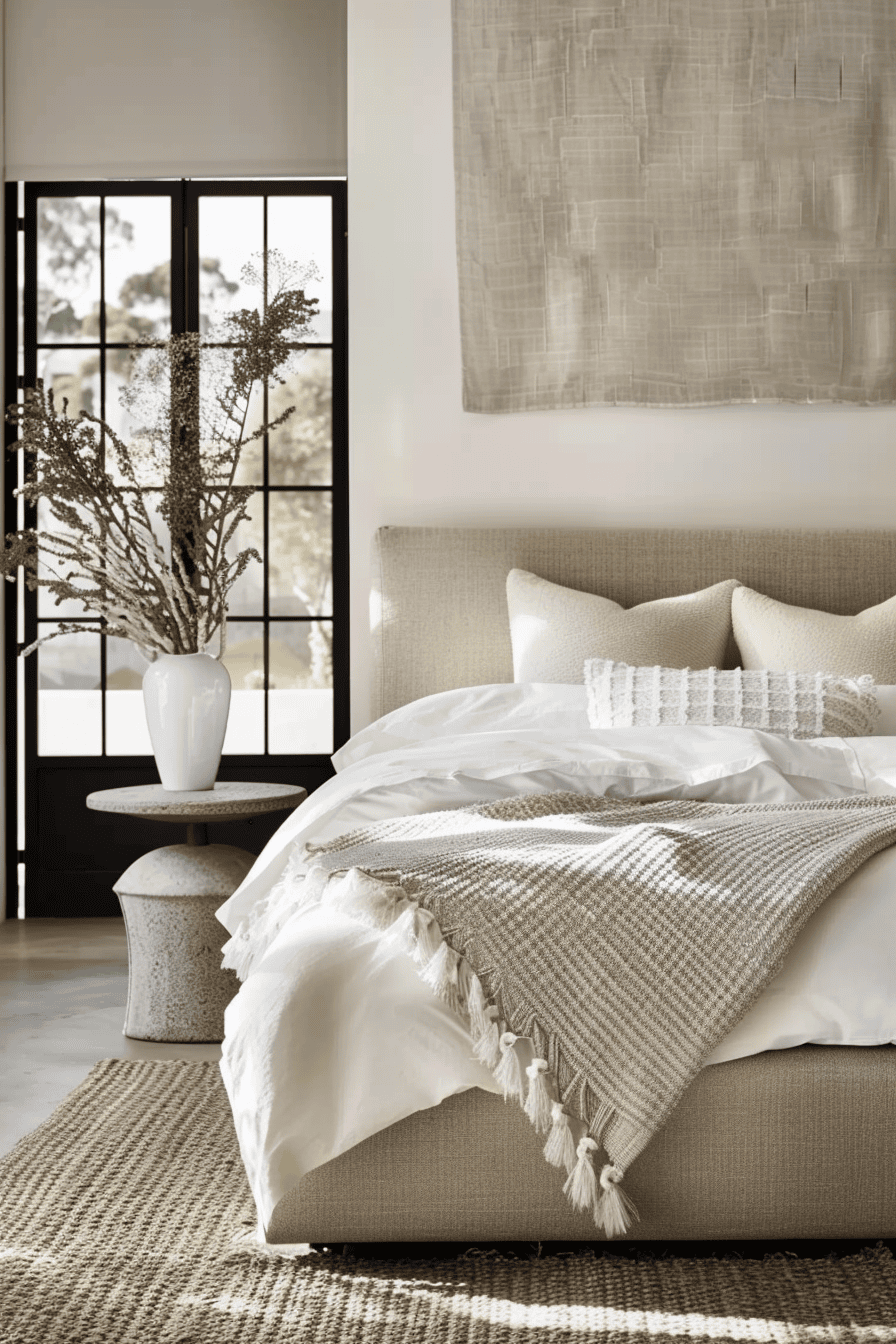
5. Understanding Thread Count
Thread count is super important in choosing the best bed sheets, but it can be confusing. Here’s what you need to know about thread count and how it affects your sheets:
What is Thread Count?
- Definition: Thread count refers to the number of threads woven together in one square inch of fabric. This includes both horizontal (weft) and vertical (warp) threads.
- Importance: While thread count can indicate the softness and durability of sheets, it’s not the only factor to consider. The quality of the fibers and the weave also play crucial roles.
Higher Thread Count vs. Lower Thread Count
- Higher Thread Count: Generally, sheets with a higher thread count are softer and more durable. They can also feel more luxurious and provide a smoother texture. However, a higher thread count doesn’t always mean better quality. For instance, a 400-thread count sheet made from high-quality cotton can feel much better than a 1,000-thread count sheet made from lower-quality fibers.
- Lower Thread Count: Sheets with a lower thread count can still be comfortable, especially if they are made from high-quality materials like organic cotton or bamboo. These sheets can be more breathable and lighter, making them a great choice for hot sleepers or warm climates.
Best Thread Count for Different Materials
- Cotton Sheets: A thread count between 300-500 is generally ideal for cotton bed sheets. This range offers a good balance of softness, durability, and breathability.
- Linen Sheets: Linen sheets typically have a lower thread count, around 80-200, but they are still very durable and breathable due to the nature of the flax fibers.
- Bamboo Sheets: Bamboo sheets are often comfortable at a thread count between 250-350. They are naturally soft and breathable, even at lower thread counts.
- Silk Sheets: For silk sheets, the momme weight is more important than thread count. Look for a momme weight of 19-25 for the best quality and durability.
FAQ: Is a higher thread count always better?
Not necessarily. While higher thread counts can mean softer and more luxurious sheets, extremely high thread counts (above 800) can sometimes be misleading. Manufacturers may use multi-ply threads to inflate the count, which doesn’t necessarily improve the quality of the sheets.
Instead, focus on the quality of the fibers and the weave rather than just the thread count. High-quality fibers like Egyptian cotton, Pima cotton, or long-staple cotton will result in better sheets, even with a moderate thread count. Quality over quantity is key for the best bed sheets!
6. Other Important Factors
When choosing the best bed sheets, there are a few additional factors to consider beyond fabric and thread count! Paying close attention to these details will help you create the most comfortable bed you’ve ever slept on.
Fitted Sheet vs. Flat Sheets
- Fitted Sheets: Fitted sheets have elastic edges that help them stay snug on your mattress. It’s crucial to get the right size to ensure a proper fit. A well-fitted sheet will stay in place throughout the night, providing a smooth and comfortable sleeping surface.
- Flat Sheets: Flat sheets are the top layer between you and your comforter or duvet. They can add an extra layer of comfort and are easier to clean than bulky blankets.
Number of Threads vs. Quality of Threads
- Quality Matters: While a higher number of threads can indicate softer sheets, the quality of the threads is equally important. Sheets made from long-staple or extra-long-staple cotton fibers are often more durable and comfortable.
- Balance: Aim for a balance between thread count and fiber quality. For instance, a 300-thread count sheet made from high-quality cotton can be more comfortable and longer-lasting than a 600-thread count sheet made from lower-quality fibers.
Seasonal Considerations
- Warm Climate: In warm climates or for hot sleepers, breathable fabrics like linen, bamboo, or organic cotton are ideal. They help regulate body temperature and wick away moisture.
- Winter Months: During colder months, flannel sheets or high-thread-count cotton sheets can provide extra warmth and coziness.
Sensitive Skin and Allergies
- Hypoallergenic Materials: If you have sensitive skin or allergies, opt for hypoallergenic materials like bamboo, silk, or organic cotton. These materials are gentle on the skin and less likely to cause irritation.
By taking these factors into account, you can choose the right bed sheets that not only meet your comfort needs but also fit your lifestyle and preferences!
FAQ: Are expensive sheets worth it?
Expensive sheets can be worth it if you value luxury and durability. Higher-priced sheets often use premium materials like Egyptian cotton or silk that feel super softer feel and have a longer lifespan. However, price isn’t the only indicator of quality! Affordable options like bamboo or percale cotton can also be comfortable and durable. If you want long-term quality, investing in pricier sheets might be wise, but budget-friendly options can still provide excellent comfort.
Choosing the right fabric for your bed sheets can make a world of a difference in how well you sleep! Whether you go for natural fibers or synthetic options, finding what works best for YOU is key.
And remember, good quality sheets don’t always have to be expensive. There are plenty of great options at different price points! Take some time to experiment and shop around to find the best fabric that will help you get a comfortable and restful night’s sleep.
Happy sleeping!
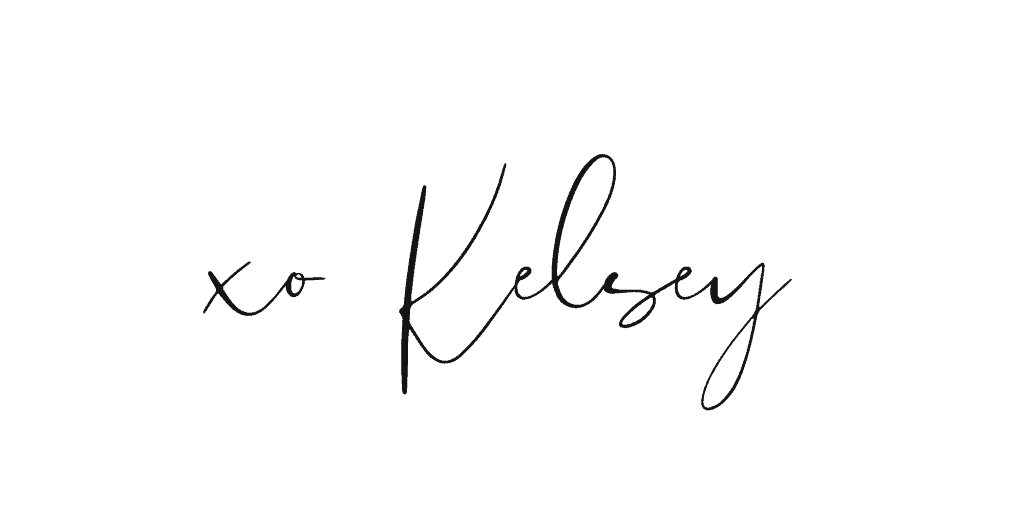
This post was all about the best fabrics for bed sheets.
